ASLwrite on:
[Wikipedia]
[Google]
[Amazon]
ASLwrite ( ASL:  ) is a
) is a  ) and the movements indicate the movement of the hands in space by modifying the digits (and for shoulder shift
) and the movements indicate the movement of the hands in space by modifying the digits (and for shoulder shift 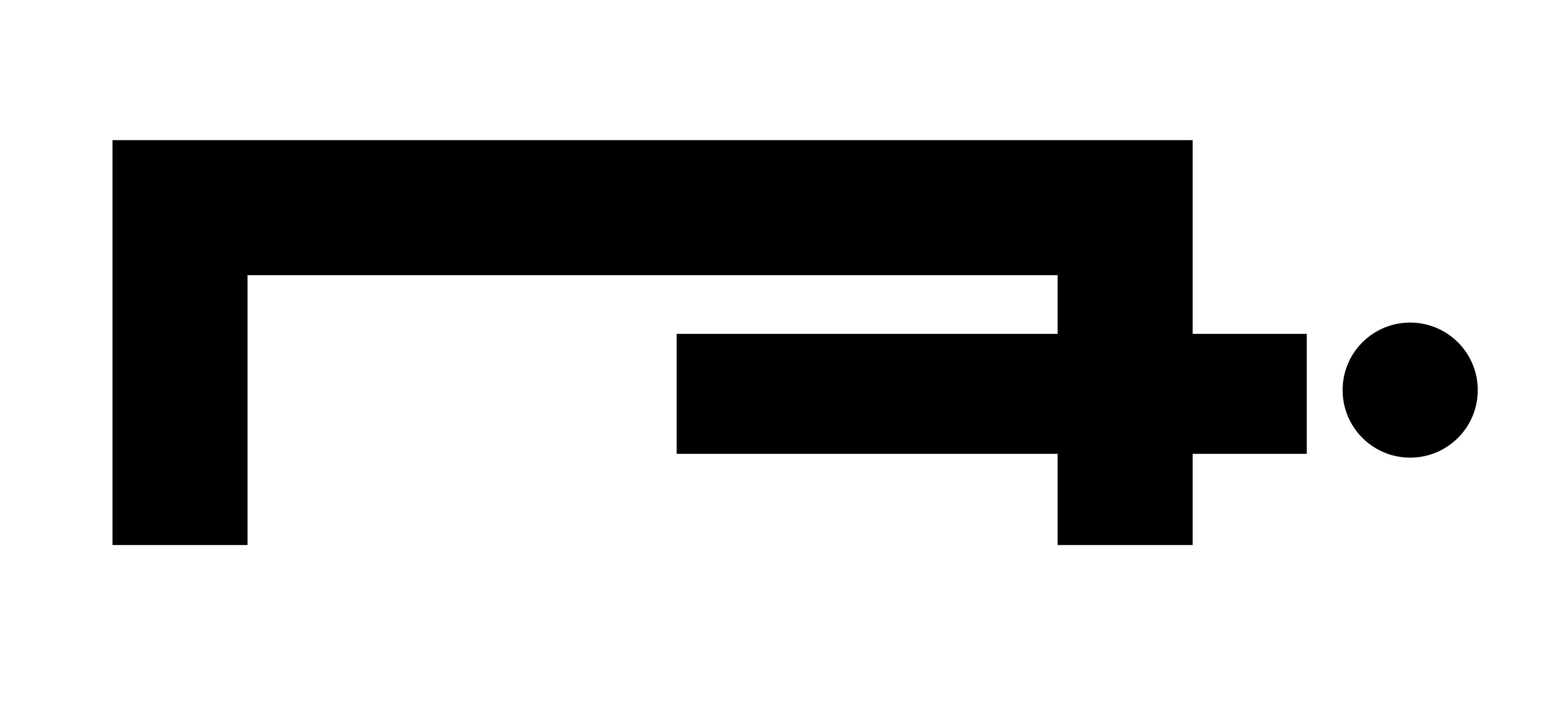 /head nod modifying the body).
The order of the writing is from left to right, top to bottom, with locatives or certain marks often beginning words. Sentences are ended by the full stop mark (
/head nod modifying the body).
The order of the writing is from left to right, top to bottom, with locatives or certain marks often beginning words. Sentences are ended by the full stop mark (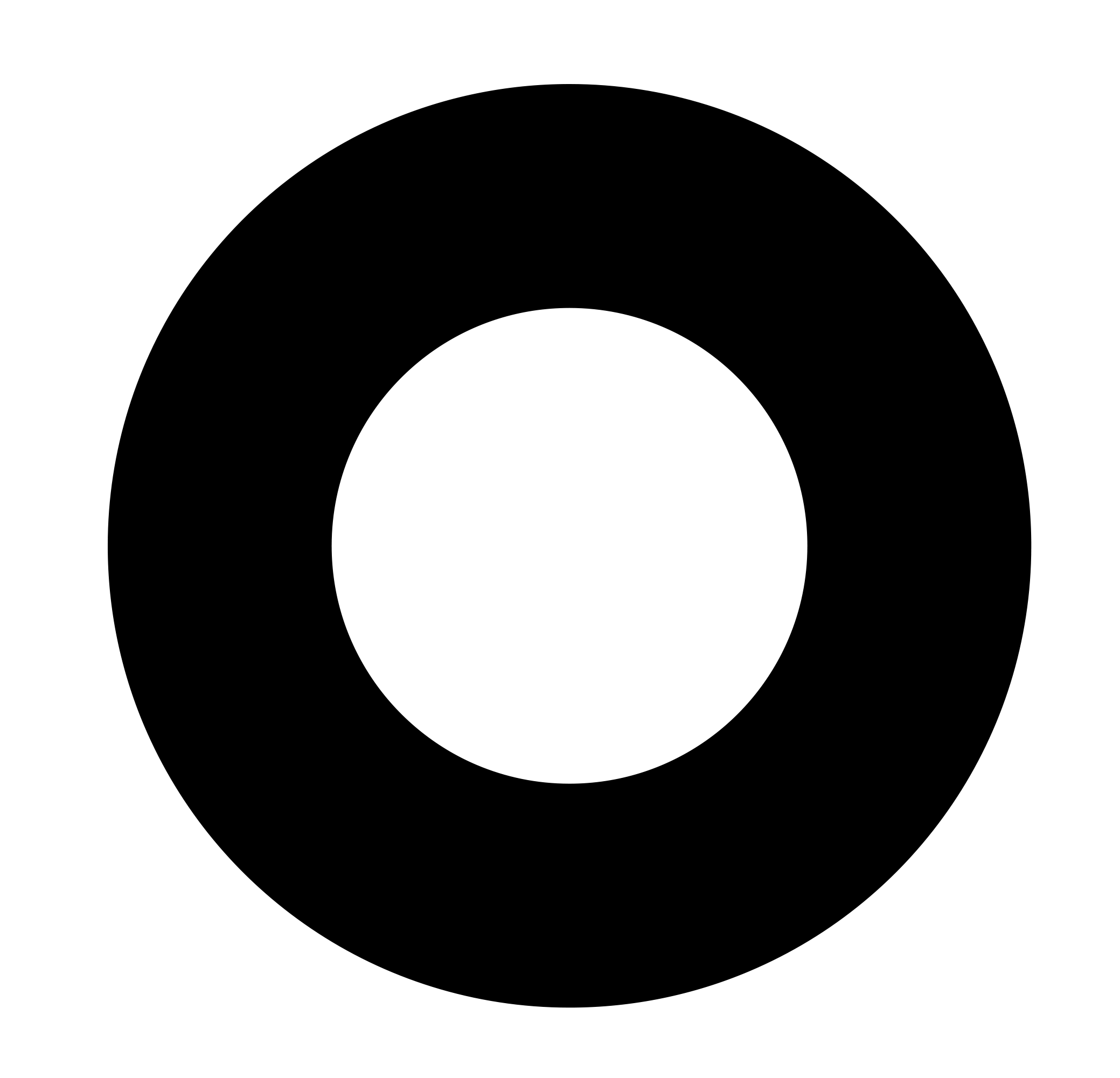 ). Questions in written ASL are denoted by eyebrow marks bounding the question not unlike
). Questions in written ASL are denoted by eyebrow marks bounding the question not unlike
 The general principle is to capture a single ASL word per segment, from left to right, registering non-manual feature(s), location(s), handshape(s), movement(s) and general orientation. It imagines the writer/speaker is looking down at their hands or viewing words from the profile such that words can be made either as if seen from straight-on or from one's profile.
The digibet captures handshape information as well as orientation, movement and some locations. Locatives are characters that capture location, though handshape diacritics like ''edge'' do capture some locations such as edge of palm. Diacritics, such as movements, modify handshapes and can indicate small movements or small orientations. Movements themselves are fairly flexible in their shapes and orientations, which makes digitising this script difficult.
From left to right, up to down, this is the order in which to write characters:
# Non-manual marks – Often, this is seen as raised or lowered eyebrows, but it can include body or mouth marks such as shoulder-shift and teeth-clench.
# Frontal or profile locatives – Captures the same location information, just from two perspectives. An example (seen on the right) is the shoulder locative is either a shoulder frontal locative that is written above or below the handshape(s).
# Handshapes – Can be written before or after the locative. A handshape can be oriented in 360° depending on its location and is written at the end of its movement path if there is one. Each handshape present is written, and when more than one handshape (of one hand) is written, a movement must be present.
## Diacritics/movements – Written as a part of the handshape, though larger movements or movements that affect multiple handshapes is written after (see below).
# Movements – Larger movements or movements that affect multiple handshapes. When a handshape changes without overt movement, the handshapes are written left-to-right with a single movement below, similar to an underline.
# Non-manual & punctuation marks – These are questioning marks such as ''why'', ''who'', ''how'' and ''how''. The stop mark is denoted by a "o" mark.
The general principle is to capture a single ASL word per segment, from left to right, registering non-manual feature(s), location(s), handshape(s), movement(s) and general orientation. It imagines the writer/speaker is looking down at their hands or viewing words from the profile such that words can be made either as if seen from straight-on or from one's profile.
The digibet captures handshape information as well as orientation, movement and some locations. Locatives are characters that capture location, though handshape diacritics like ''edge'' do capture some locations such as edge of palm. Diacritics, such as movements, modify handshapes and can indicate small movements or small orientations. Movements themselves are fairly flexible in their shapes and orientations, which makes digitising this script difficult.
From left to right, up to down, this is the order in which to write characters:
# Non-manual marks – Often, this is seen as raised or lowered eyebrows, but it can include body or mouth marks such as shoulder-shift and teeth-clench.
# Frontal or profile locatives – Captures the same location information, just from two perspectives. An example (seen on the right) is the shoulder locative is either a shoulder frontal locative that is written above or below the handshape(s).
# Handshapes – Can be written before or after the locative. A handshape can be oriented in 360° depending on its location and is written at the end of its movement path if there is one. Each handshape present is written, and when more than one handshape (of one hand) is written, a movement must be present.
## Diacritics/movements – Written as a part of the handshape, though larger movements or movements that affect multiple handshapes is written after (see below).
# Movements – Larger movements or movements that affect multiple handshapes. When a handshape changes without overt movement, the handshapes are written left-to-right with a single movement below, similar to an underline.
# Non-manual & punctuation marks – These are questioning marks such as ''why'', ''who'', ''how'' and ''how''. The stop mark is denoted by a "o" mark.
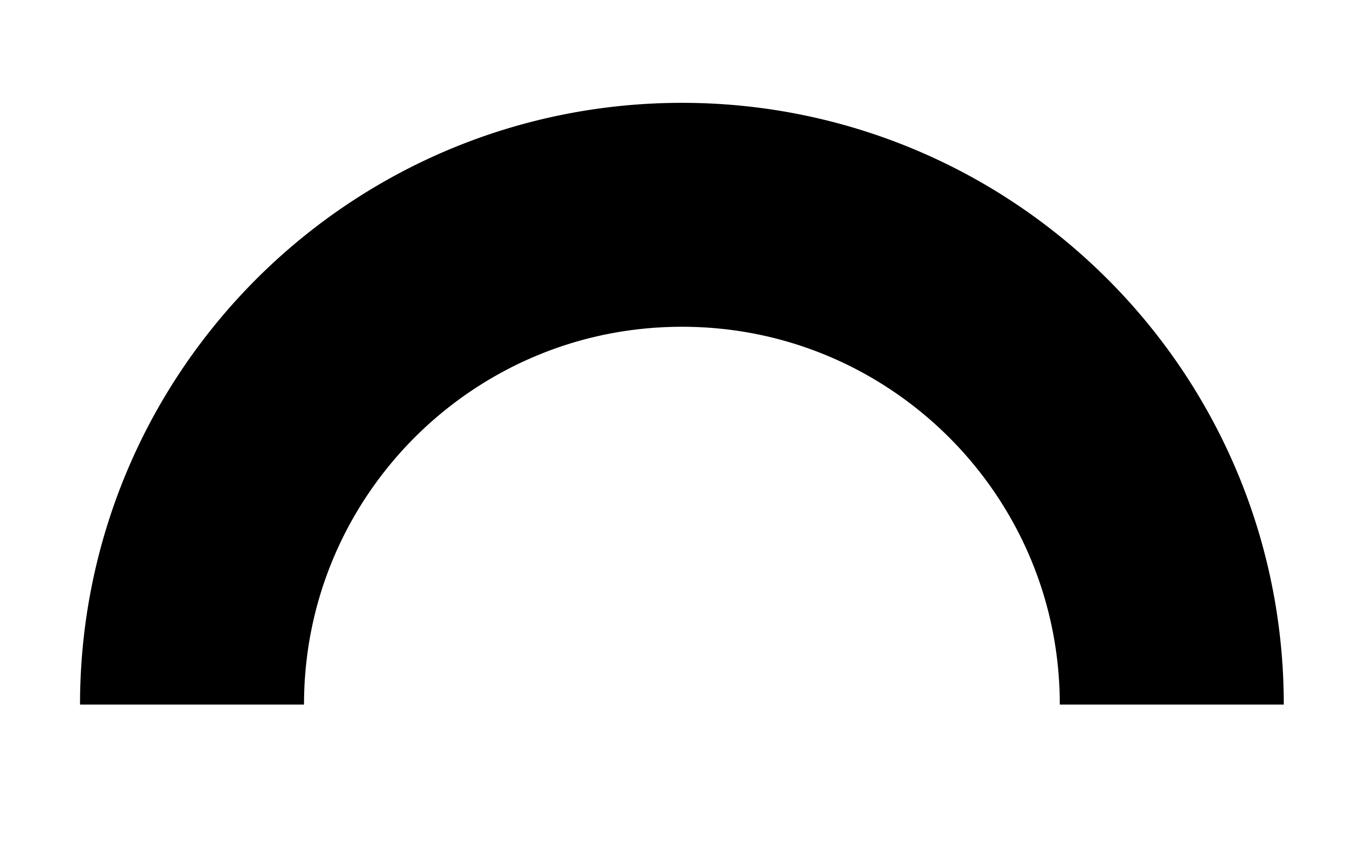 ,
,  )
# Rotational (
)
# Rotational ( ,
, 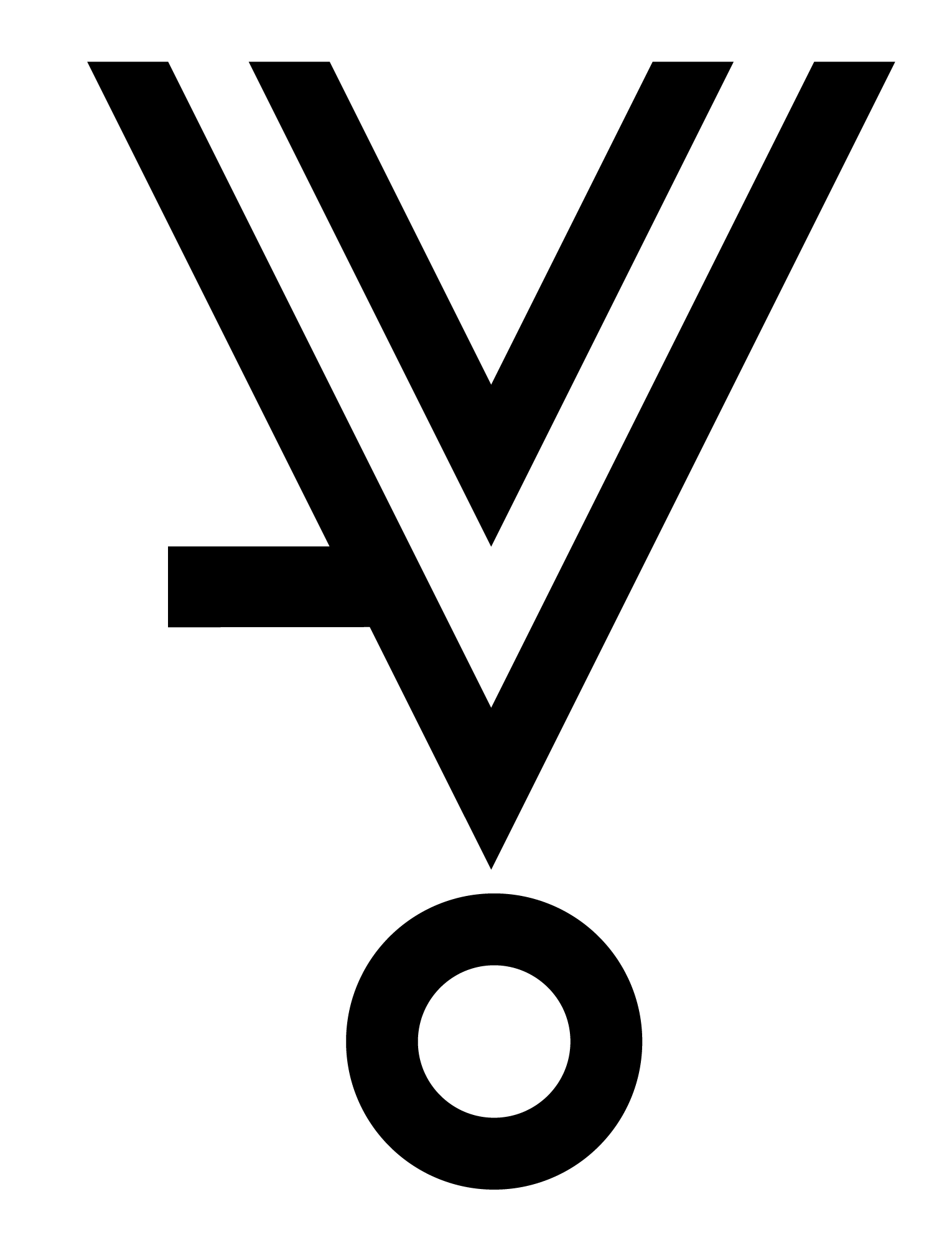 )
# Rattle (
)
# Rattle (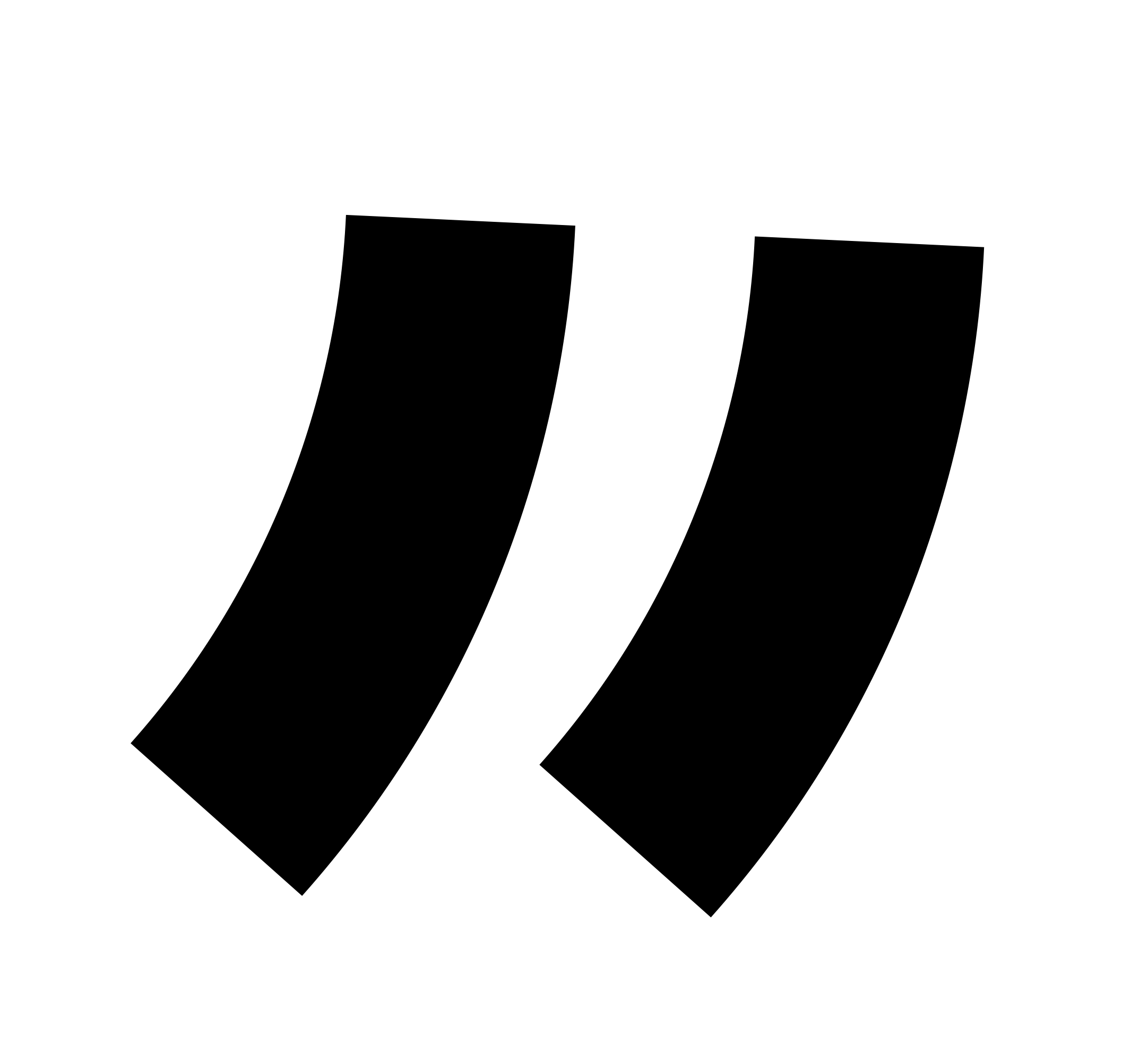 ,
,  )
# Flutter (
)
# Flutter ( ,
,  )
# Edge
)
# Edge
 ), Knit, Wan, Slanted and Squint. Questioning marks exist in ASL as logographs that denote ASL's
), Knit, Wan, Slanted and Squint. Questioning marks exist in ASL as logographs that denote ASL's
 ) or head nod. They, as well as nose crinkle ( 15px, class=skin-invert-image), stand alone and can be inserted anywhere, inside and outside of eyebrow-marked phrases.
) or head nod. They, as well as nose crinkle ( 15px, class=skin-invert-image), stand alone and can be inserted anywhere, inside and outside of eyebrow-marked phrases.

 means ''Yes?'' in ASL composed of
means ''Yes?'' in ASL composed of  ,
,  ,
,  and
and  where the raised eyebrow marks at the beginning and the end indicate it is a
where the raised eyebrow marks at the beginning and the end indicate it is a  ) denotes that the S handshape digit (
) denotes that the S handshape digit ( ) makes a nodding motion. The circular point at the end is a full stop mark indicating the end of the sentence. Unlike in English writing, the full stop mark (
) makes a nodding motion. The circular point at the end is a full stop mark indicating the end of the sentence. Unlike in English writing, the full stop mark ( ) is employed for all sentences, even questions (as seen here). Breaks in the sentence, as seen below, are denoted by the shoulder shift mark (
) is employed for all sentences, even questions (as seen here). Breaks in the sentence, as seen below, are denoted by the shoulder shift mark ( ).
The text on the right is from Chapters 1:2–4 of the
).
The text on the right is from Chapters 1:2–4 of the
ASLian Blog
"Si5s Writing LLC , Facebook." Facebook.
* ttps://web.archive.org/web/20140607011640/https://twitter.com/si5s Twitter
Write in American Sign Language! Web
 ) is a
) is a writing system
A writing system comprises a set of symbols, called a ''script'', as well as the rules by which the script represents a particular language. The earliest writing appeared during the late 4th millennium BC. Throughout history, each independen ...
that developed from si5s
si5s is a writing system for American Sign Language that resembles a handwritten form of SignWriting. It was devised in 2003 in New York City by Robert Arnold, with an unnamed collaborator. In July 2010 at the Deaf Nation World Expo in Las Veg ...
. It was created to be an open-source
Open source is source code that is made freely available for possible modification and redistribution. Products include permission to use and view the source code, design documents, or content of the product. The open source model is a decentrali ...
, continuously developing orthography
An orthography is a set of convention (norm), conventions for writing a language, including norms of spelling, punctuation, Word#Word boundaries, word boundaries, capitalization, hyphenation, and Emphasis (typography), emphasis.
Most national ...
for American Sign Language
American Sign Language (ASL) is a natural language that serves as the predominant sign language of Deaf communities in the United States and most of Anglophone Canadians, Anglophone Canada. ASL is a complete and organized visual language that i ...
(ASL), trying to capture the nuances of ASL's features. ASLwrite is only used by a handful of people, primarily revolving around discussions happening on Facebook and, previously, Google Groups. ASLwrite has been used for comic strips and posters.
Its core components are digits, locatives, marks and movements which are written in a fairly rigid order (though in a fairly flexible configuration) from left to right. Its digits are representations of handshapes – or the configuration of the hand and fingers – where the locatives represent locations on the body (or, in theory, in space), the marks represent anything from location (e.g., edge mark) to small movements (e.g., flutter) to facial expressions (e.g., raised eyebrow mark  ) and the movements indicate the movement of the hands in space by modifying the digits (and for shoulder shift
) and the movements indicate the movement of the hands in space by modifying the digits (and for shoulder shift  /head nod modifying the body).
The order of the writing is from left to right, top to bottom, with locatives or certain marks often beginning words. Sentences are ended by the full stop mark (
/head nod modifying the body).
The order of the writing is from left to right, top to bottom, with locatives or certain marks often beginning words. Sentences are ended by the full stop mark ( ). Questions in written ASL are denoted by eyebrow marks bounding the question not unlike
). Questions in written ASL are denoted by eyebrow marks bounding the question not unlike Spanish
Spanish might refer to:
* Items from or related to Spain:
**Spaniards are a nation and ethnic group indigenous to Spain
**Spanish language, spoken in Spain and many countries in the Americas
**Spanish cuisine
**Spanish history
**Spanish culture
...
's " ¿ ?." Question words or wh-questions in ASL can also form the interrogative
An interrogative clause is a clause whose form is typically associated with question-like meanings. For instance, the English sentence (linguistics), sentence "Is Hannah sick?" has interrogative syntax which distinguishes it from its Declarative ...
.
There are in total 105 characters in ASLwrite with 67 digits, five diacritic marks, twelve locatives, sixteen extramanual marks and five movement marks.
Since its creation, it has evolved to include more digits, locatives, movements and marks as well as modify those already present.
History
si5s
si5s is a writing system for American Sign Language that resembles a handwritten form of SignWriting. It was devised in 2003 in New York City by Robert Arnold, with an unnamed collaborator. In July 2010 at the Deaf Nation World Expo in Las Veg ...
, a system built from SignWriting
Sutton SignWriting, or simply SignWriting, is a system of written sign languages. It is highly featural and visually iconic: the shapes of the characters are abstract pictures of the hands, face, and body; and unlike most written words, which ...
, was first proposed by Robert Arnold in his 2007 Gallaudet thesis ''A Proposal of the Written System for ASL''. The ASLwrite community split from Arnold upon his decision to maintain si5s as a private venture with ASLized after the publication of his and Adrean Clark's book ''How to Write American Sign Language''. Today, ASLwrite's website notes:
Use
Aside from the small, but dedicated, Facebook group of around 470 in July 2023, ASLwrite is rarely used outside such online spaces. However, one of the most popular online ASL dictionaries, HandSpeak, has begun to incorporate ASLwrite as the primary written component of ASL definitions.Type of system
ASLwrite is a somacheirographic system meaning that it represents the body (Greek
Greek may refer to:
Anything of, from, or related to Greece, a country in Southern Europe:
*Greeks, an ethnic group
*Greek language, a branch of the Indo-European language family
**Proto-Greek language, the assumed last common ancestor of all kno ...
: σῶμα ''sôma'' 'body') and hands (Greek
Greek may refer to:
Anything of, from, or related to Greece, a country in Southern Europe:
*Greeks, an ethnic group
*Greek language, a branch of the Indo-European language family
**Proto-Greek language, the assumed last common ancestor of all kno ...
: χείρ ''kheír'' 'hand') and relays phonemic
A phoneme () is any set of similar speech sounds that are perceptually regarded by the speakers of a language as a single basic sound—a smallest possible phonetic unit—that helps distinguish one word from another. All languages con ...
information. However, it also incorporates logographs (questioning marks) and is featural
In a featural writing system, the shapes of the symbols (such as letters) are not arbitrary but encode distinctive feature, phonological features of the phonemes that they represent. The term featural was introduced by Geoffrey Sampson to descr ...
.
Description
 The general principle is to capture a single ASL word per segment, from left to right, registering non-manual feature(s), location(s), handshape(s), movement(s) and general orientation. It imagines the writer/speaker is looking down at their hands or viewing words from the profile such that words can be made either as if seen from straight-on or from one's profile.
The digibet captures handshape information as well as orientation, movement and some locations. Locatives are characters that capture location, though handshape diacritics like ''edge'' do capture some locations such as edge of palm. Diacritics, such as movements, modify handshapes and can indicate small movements or small orientations. Movements themselves are fairly flexible in their shapes and orientations, which makes digitising this script difficult.
From left to right, up to down, this is the order in which to write characters:
# Non-manual marks – Often, this is seen as raised or lowered eyebrows, but it can include body or mouth marks such as shoulder-shift and teeth-clench.
# Frontal or profile locatives – Captures the same location information, just from two perspectives. An example (seen on the right) is the shoulder locative is either a shoulder frontal locative that is written above or below the handshape(s).
# Handshapes – Can be written before or after the locative. A handshape can be oriented in 360° depending on its location and is written at the end of its movement path if there is one. Each handshape present is written, and when more than one handshape (of one hand) is written, a movement must be present.
## Diacritics/movements – Written as a part of the handshape, though larger movements or movements that affect multiple handshapes is written after (see below).
# Movements – Larger movements or movements that affect multiple handshapes. When a handshape changes without overt movement, the handshapes are written left-to-right with a single movement below, similar to an underline.
# Non-manual & punctuation marks – These are questioning marks such as ''why'', ''who'', ''how'' and ''how''. The stop mark is denoted by a "o" mark.
The general principle is to capture a single ASL word per segment, from left to right, registering non-manual feature(s), location(s), handshape(s), movement(s) and general orientation. It imagines the writer/speaker is looking down at their hands or viewing words from the profile such that words can be made either as if seen from straight-on or from one's profile.
The digibet captures handshape information as well as orientation, movement and some locations. Locatives are characters that capture location, though handshape diacritics like ''edge'' do capture some locations such as edge of palm. Diacritics, such as movements, modify handshapes and can indicate small movements or small orientations. Movements themselves are fairly flexible in their shapes and orientations, which makes digitising this script difficult.
From left to right, up to down, this is the order in which to write characters:
# Non-manual marks – Often, this is seen as raised or lowered eyebrows, but it can include body or mouth marks such as shoulder-shift and teeth-clench.
# Frontal or profile locatives – Captures the same location information, just from two perspectives. An example (seen on the right) is the shoulder locative is either a shoulder frontal locative that is written above or below the handshape(s).
# Handshapes – Can be written before or after the locative. A handshape can be oriented in 360° depending on its location and is written at the end of its movement path if there is one. Each handshape present is written, and when more than one handshape (of one hand) is written, a movement must be present.
## Diacritics/movements – Written as a part of the handshape, though larger movements or movements that affect multiple handshapes is written after (see below).
# Movements – Larger movements or movements that affect multiple handshapes. When a handshape changes without overt movement, the handshapes are written left-to-right with a single movement below, similar to an underline.
# Non-manual & punctuation marks – These are questioning marks such as ''why'', ''who'', ''how'' and ''how''. The stop mark is denoted by a "o" mark.
Digibet
The digibet is composed of handshapes called digits that are modified by diacritics and movements. It shares 23 handshapes with ASL'smanual alphabet
Fingerspelling (or dactylology) is the representation of the letters of a writing system, and sometimes numeral systems, using only the hands. These manual alphabets (also known as finger alphabets or hand alphabets) have often been used in deaf ...
. Digits are grouped together by features such as +thumb/-thumb or +closed/-closed. In practise, there are 67 digits in ASLwrite's digibet, though that number is growing as new digits are added representing diverse handshapes. Moreover, other languages may adopt this system which would add increasingly more digits.
Diacritics
There are five diacritics, of which one is a movement diacritic. They are: # Hinge ( ,
,  )
# Rotational (
)
# Rotational ( ,
,  )
# Rattle (
)
# Rattle ( ,
,  )
# Flutter (
)
# Flutter ( ,
,  )
# Edge
)
# Edge
Movement
Movements are flexible and thus hard to capture in a digital or non-handwritten fashion. The movements are diverse and aim to capture the movements of the hands, arms and body. There are three points – an endpoint, a firmpoint and a contactpoint –, an orbit mark, a steering and a crank mark as well as the movement mark or line. The movement line follows the path of the hand(s) and can be as clean (e.g., – or , ) or as erratic as possible. The points denote the end of a handshape's path and the degree to which the motion is made. A contactpoint denotes an imaginary or in-the-air point with the contactpoint ending at a location and noted as being a firm ending with the firmpoint. The orbit mark indicates a central "point" around which the handshapes orbit; for orbital paths cut short, one would use a steering mark, and for parallel cranking motions, the crank mark would be used.Locatives
The locatives are characters that denote a specific location on or near the signer's body. They are presented from a face-on and side-view. The two sub-classifications are frontal and profile locatives.Non-manual marks
Non-manual marks vary quite significantly and can only be placed at the beginning or end of words or phrases. Eyebrow marks are denoted before and after the word(s) in question thus bounding the words that are modified by eyebrow marks. They are called: Raised ( ), Knit, Wan, Slanted and Squint. Questioning marks exist in ASL as logographs that denote ASL's
), Knit, Wan, Slanted and Squint. Questioning marks exist in ASL as logographs that denote ASL's wh-questions
A question is an utterance which serves as a request for information. Questions are sometimes distinguished from interrogatives, which are the grammatical forms, typically used to express them. Rhetorical questions, for instance, are interrogat ...
such as WHO or FOR-FOR. They are placed after a closed word's or phrase's second eyebrow mark and can exist as an entire sentence alone. Mouth marks are characters that relay what action the mouth is doing. It is placed inside the first eyebrow mark.
Body movements
Body movements are non-manual, non-facial features such as shoulder shift ( ) or head nod. They, as well as nose crinkle ( 15px, class=skin-invert-image), stand alone and can be inserted anywhere, inside and outside of eyebrow-marked phrases.
) or head nod. They, as well as nose crinkle ( 15px, class=skin-invert-image), stand alone and can be inserted anywhere, inside and outside of eyebrow-marked phrases.
Writing samples

 means ''Yes?'' in ASL composed of
means ''Yes?'' in ASL composed of  ,
,  ,
,  and
and  where the raised eyebrow marks at the beginning and the end indicate it is a
where the raised eyebrow marks at the beginning and the end indicate it is a yes/no question
In linguistics, a yes–no question, also known as a binary question, a polar question, or a general question, is a closed-ended question whose expected answer is one of two choices, one that provides an affirmative answer to the question versus o ...
, and the hinge mark ( ) denotes that the S handshape digit (
) denotes that the S handshape digit ( ) makes a nodding motion. The circular point at the end is a full stop mark indicating the end of the sentence. Unlike in English writing, the full stop mark (
) makes a nodding motion. The circular point at the end is a full stop mark indicating the end of the sentence. Unlike in English writing, the full stop mark ( ) is employed for all sentences, even questions (as seen here). Breaks in the sentence, as seen below, are denoted by the shoulder shift mark (
) is employed for all sentences, even questions (as seen here). Breaks in the sentence, as seen below, are denoted by the shoulder shift mark ( ).
The text on the right is from Chapters 1:2–4 of the
).
The text on the right is from Chapters 1:2–4 of the Book of Ruth
The Book of Ruth (, ''Megillath Ruth'', "the Scroll of Ruth", one of the Five Megillot) is included in the third division, or the Writings ( Ketuvim), of the Hebrew Bible. In most Christian canons it is treated as one of the historical books ...
. The first quoted text is the verse in English and the second is an ASL gloss
A gloss is a brief notation, especially a marginal or interlinear one, of the meaning of a word or wording in a text. It may be in the language of the text or in the reader's language if that is different.
A collection of glosses is a ''glossa ...
.
Encoding
Due to the complexity of the writing system and its need for flexibility for movements, it means that producing anything in a digital format is difficult. However, there are efforts to createfont
In metal typesetting, a font is a particular size, weight and style of a ''typeface'', defined as the set of fonts that share an overall design.
For instance, the typeface Bauer Bodoni (shown in the figure) includes fonts " Roman" (or "regul ...
s headed by members of its Facebook
Facebook is a social media and social networking service owned by the American technology conglomerate Meta Platforms, Meta. Created in 2004 by Mark Zuckerberg with four other Harvard College students and roommates, Eduardo Saverin, Andre ...
group, notably looking at proper font creation and using current keyboard characters such as ' } ' or ' _. ' to achieve minor forms of communication in ASL over text. An example phrase is " }_.U- " which means 'thank you' in ASL.
See also
*si5s
si5s is a writing system for American Sign Language that resembles a handwritten form of SignWriting. It was devised in 2003 in New York City by Robert Arnold, with an unnamed collaborator. In July 2010 at the Deaf Nation World Expo in Las Veg ...
* Stokoe notation
* ASL-phabet
* Hamburg Notation System (HamNoSys)
*SignWriting
Sutton SignWriting, or simply SignWriting, is a system of written sign languages. It is highly featural and visually iconic: the shapes of the characters are abstract pictures of the hands, face, and body; and unlike most written words, which ...
Bibliography
ASLian Blog
"Si5s Writing LLC , Facebook." Facebook.
* ttps://web.archive.org/web/20140607011640/https://twitter.com/si5s Twitter
Write in American Sign Language! Web
References
External links
* {{list of writing systems American Sign Language Sign language notation Writing systems introduced in 2010